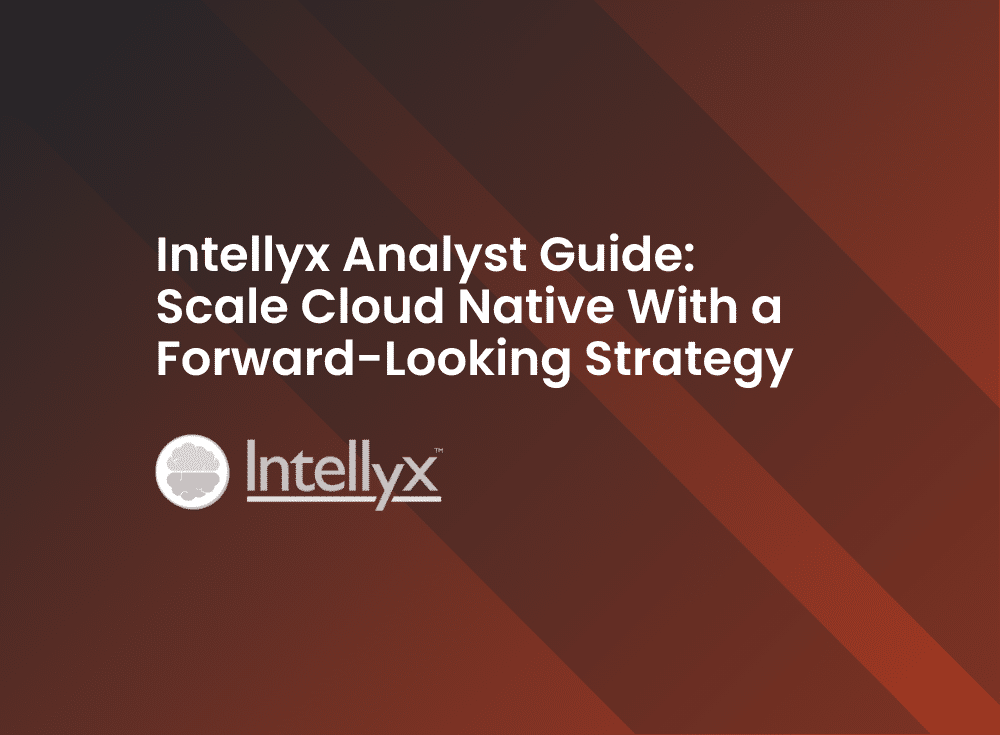AWS re:Invent 2022: An asynchronous world, open source is becoming the norm, and context is key
Another AWS re:Invent is a wrap! I was one of 50,000 attendees at last week’s event in Las Vegas and had a great time seeing old and new co-workers, and learning more about what’s going on across the industry. There were a lot of things talked about on the floor, in the corridors, and in the keynotes and sessions, and a few things became apparent to me: organizations are asking more about open source alternatives, observability is top of mind, and data must be in the right context or it’s not useful.
While I sat in several sessions, keynotes, and took part in peer conversations, here are some of the highlights I thought are important for our Chronosphere readers:
Werner Vogels keynote: The world is asynchronous
I sat through many keynotes, including the main event, but the keynote delivered by Werner Vogels, Amazon.com VP and CTO, was the most entertaining and the most relevant to what our customers care about, so I’m summing up that one. You can always check out all the keynotes on the re:Invent site. Werner’s keynote started off fun, with a The Matrix movie parody of the blue pill vs red pill. Werner plays the role of Neo while another actor plays Morpheus. When Morpheus presents the pills, the red pill represents continuing to live in a world of synchronicity, where things remain the same and things have to be done step-by-step. Meanwhile, the blue pill represents a world that is asynchronous and loosely coupled. And then for some fun humor, there’s a yellow pill, which turns out to be a banana jelly bean.
But why is this topic important? Part of it is because the way our computing world over the last few decades has truly transformed from a synchronous monolithic setup to an asynchronous loosely coupled set of systems and functions. Technological innovation would not have happened in a synchronous world — we can’t all be the same and we can’t all do the same thing, hence we are asynchronous. It doesn’t sound like there’s a need for an observability strategy in today’s world of technology, but the reality is you need one even more.
Beyond keynotes, I paid attention to themes playing out at the show. Observability was especially top of mind, as you can see from my takeaways on the two sessions summed up below.
Developing an observability strategy
One of my favorite sessions was Developing an observability strategy (COP302), which focused on defining “your observability strategy for the future in order to serve the requirements of all of your stakeholders and to help ensure that you can deliver successful business outcomes.”
Three key points were made here:
- Work backwards from your customers
- Involve your stakeholders
- Ensure your app is doing what your customers need it to do
The speakers took a workflow-oriented approach rather than a datatype approach (e.g. alert + troubleshoot vs. metrics or logs).
Work backwards from your customers: This is important, because if you don’t understand what your customers wants and needs are, how can you ensure you’ll be successful? There is a lot of data generated in observing systems – metrics, traces, logs, events, etc. But the reality is your customers have a workflow, likely starting with wanting to understand what is going on before getting to the who, where, when, and why of it all. Starting with metrics is one way, but ensuring the right context is there is just as important. For example, I don’t need metrics of CPU utilization when I merge code that returns false positives. What I really need is error rate metrics or https status code to understand why I’m receiving false positives. Again, context is key, as the wrong type of information isn’t helpful.
Involve your stakeholders or you’ll be playing “question whack-a-mole”: Your stakeholders are likely frequently asking questions about things like KPIs, conversion rate, performance of website, etc. Listen and anticipate. If you don’t take your stakeholders’ business needs into account, you’ll create friction between teams and constantly try to answer questions that you may not know.
Meeting customer expectations: Let’s take an example of an ecommerce app where I search for blue drinking glasses, but my initial results are all clear or patterned drinking glasses. The results are kind of right but also kind of wrong … when you scroll further down the results and see there are indeed plain blue drinking glasses. Bad customer experiences make people turn to alternatives. Again, context is important – clear glasses, while technically right, aren’t what I want, and I’m going to another ecommerce app to find my blue drinking glasses!
Observability: open standards are for the masses
While the topic of open standards and observability wasn’t specific to any one session I attended, I noticed that more enterprises are asking about open source standards like OpenTelemetry and Prometheus. Why? They’re thinking about, “How do we future proof our architectures without being locked into a single company’s proprietary data format(s)?”
A few years ago, I noticed organizations were still pretty strongly against standardizing on open source unless they were in a startup or small-to-medium-sized business. Open source options were abundant and low cost for newer organizations. At the same time, it can be really difficult for legacy environments to change to open source. But with big corporations moving to more cloud native technologies, like serverless, the old standards no longer work or scale. So, why not use this opportunity to move to open source standards? Based on what I heard last week at re:Invent 2022, companies large and small are ready to embrace open source.
Final takeaways: Context is key, open standards are only getting stronger, and observability is helping lead that charge
Cloud native offers benefits — speed and agility for starters — but it also introduces massive complexity to your environment. Great observability is a necessary component of the migration to cloud native because it allows businesses to quickly and efficiently mitigate incidents that cause customer pain while helping teams innovate faster. When you’re ready to move to an observability solution, you want one that is open source compatible so that you’re able to continue your cloud native journey without being locked into, and hindered by, a proprietary system.
Whether you’re already on your cloud native journey or starting to learn more about open source, choose an observability platform that is open source compatible. Check out Chronosphere for your personal demo here.
As always, AWS announces a lot at re:Invent and this year was no different. You can glance through much of what AWS announced at re:Invent 2022, and find what’s relevant to you, here.



